How to Create a Wild Bird Sanctuary in Your Backyard
Hey everyone, if you have been wondering how to create a wild bird sanctuary in your own space, I have got you covered. I am Joshua Van, founder and senior editor of Diggity Dog, where we focus on pet care and helping folks keep their healthy pets happy and thriving. Birds might not be the kind that curl up on your couch, but building a wild bird sanctuary fits right into that world of caring for creatures around us, making your yard a spot where nature hums along nicely.
Back when I first started messing around in my yard, adding a few native bushes changed everything. All of a sudden, little songbirds and colorful visitors started dropping by regularly, and it even gave my dog something fun to watch from a safe distance. No need for over-the-top setups just some thoughtful changes that invite birds in and keep things balanced. With so many bird species struggling from lost habitats these days, your backyard can make a real difference. Let us jump into the details and get you started.
Key Takeaways
- Start with native plants: They are easy to maintain and give birds exactly what they need for meals and cover.
- Add water and safe spots: A simple bath and some brush go a long way in drawing crowds year-round.
- Skip the sprays and poisons: They harm the bugs that birds rely on for food.
- Grab a certification from the NWF: It is quick, and you get useful guides plus a sense of accomplishment.
- Stay on top of upkeep: Clean gear regularly and adjust for seasons to have birds visiting all the time.
Why Set Up a Backyard Bird Spot? Wins for Everyone
What is the point of a wild bird sanctuary? From my time at Diggity Dog talking pet care with people, I know it connects to broader stuff like how birds naturally handle garden pests that could bother your healthy pet. On top of that, it is just plain calming to watch them flit about.
I have heard from experts lately that these kinds of yards can bring in 30% more types of birds. Habitat issues are tough on wildlife, but your efforts help fight back. It supports pollinators too, keeping the whole area lively.
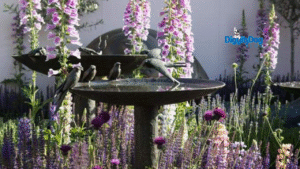
First Steps: Map It Out Smartly
Diving in without a plan? That is how my early try went sideways with plants that did not work. Check your yard basics first soil, light levels? Look at Audubon’s Native Plant Database for choices that fit your area perfectly.
Local Rules and Making It Official
Most places do not require permits for basic yard changes, but double-check if you plan bigger additions. The Migratory Bird Treaty protects wild ones, so stick to watching. I recommend the National Wildlife Federation’s program; for around $25, you earn a certificate, a magazine, and community perks. It ties into pet care advice we share at Diggity Dog about safe outdoor areas.
Planning for Every Season
Build with weather in mind cool spots for hot days, sturdy greens for cold ones. I draw mine out with levels: high trees, medium bushes, low plants. Bunch things together naturally, with paths in between for easy moving around.
Native Plants: The Core of It All
Fancy foreign plants? Pass they take too much work and do not help birds much. Stick to locals; they feed the insects young birds eat. Around here, serviceberries and coneflowers draw in crowds with their fruits and blooms.
Choices for Your Area
- Northeast or Midwest: Try arrowwood viburnum, black-eyed Susans, oaks for those acorns.
- Southeast: Yaupon holly, beautyberry, pines that hold up well.
- West: Manzanita, California lilac, sages for dry conditions.
- Southwest: Desert willow, agave, mesquite that stand strong.
Avoid aggressive growers like ivy they take over without giving back.
Building Layers
Stack tall oaks for high perches, viburnum for berries midway, asters down low for seeds. It creates a forest feel that pulls in all sorts of singers.
Feeding Setup: Mix Feeders and Natural Bites
Birds need steady food, especially in lean times. Blend store-bought with what grows for variety.
Good Feeders to Grab Now
- Tube feeders: Ideal for small seeds like sunflower; they bring finches and chickadees.
- Hopper feeders: Roomy for bigger birds like cardinals.
- Suet cages: Rich fats for woodpeckers when it is chilly.
- Nectar feeders: For hummers mix one part sugar to four water, no colors.
Position 10-12 feet from glass to prevent bumps, close to cover for fast getaways, out of reach for critters. Rinse every two weeks with mild soap to avoid issues. At Diggity Dog, we stress clean habits for any feeding.
Natural Options
No chemicals mean more bugs for protein. Dogwood berries in autumn? Birds go wild.
Water Areas: A Big Draw
Even a basic dish boosts visitors mine has a small pump, and it is always busy.
How to Do It Right
Aim for 1-2 inches deep, rough bottom for footing. Moving water from a dripper pulls more in. Refresh often, add a heater for winter.
Safe Places and Nests: Comfort Zones
Cover is crucial pile up branches, leave standing dead wood if it is secure.
Houses and Extras
Pick boxes for specific birds: bluebirds like open areas, wrens favor hanging ones. Scatter leaves for building stuff.
Ongoing Care: Tips to Keep It Fresh
Over the years, small adjustments in mine have made it flourish. Weed out invaders, use natural mulch, monitor for threats like roaming cats.
Mistakes to Skip
- Letting dirt build up spreads problems clean regularly.
- Using harsh stuff kills off food sources.
- Close to windows leads to accidents use stickers.
- Ignoring placement means fewer visitors or risks.
FAQs
Small yard okay?
Yes pots and a feeder on a deck work fine. Adjust to your size.
Cost range?
About $50-200 to begin; locals save money over time.
Including pets?
Of course, but keep an eye out. My dog enjoys the view, but cats stay inside.
In an apartment?
Hang suction feeders and grow plants on a balcony for a small version.
How soon do birds come?
Usually a week or two keep at it steadily.
References
- National Audubon Society: How to Create a Bird-Friendly Yard (2025)
- National Wildlife Federation: Certified Wildlife Habitat Program
- All About Birds: How to Choose the Right Kind of Bird Feeder
- Mass Audubon: Landscaping for Birds
- Garden for Wildlife: Wildlife-Friendly Water Features



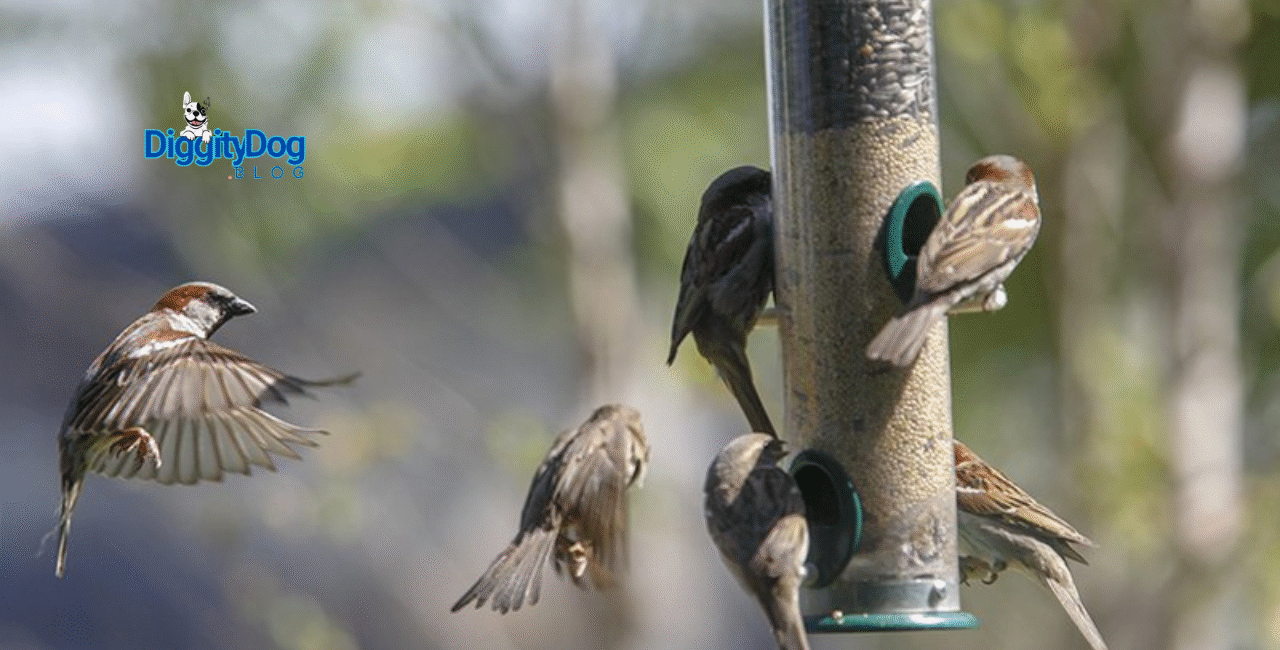
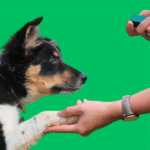
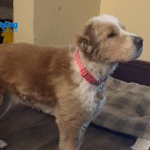

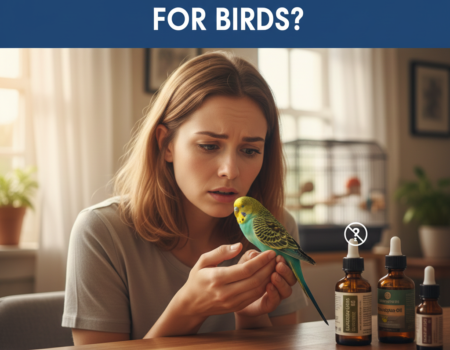
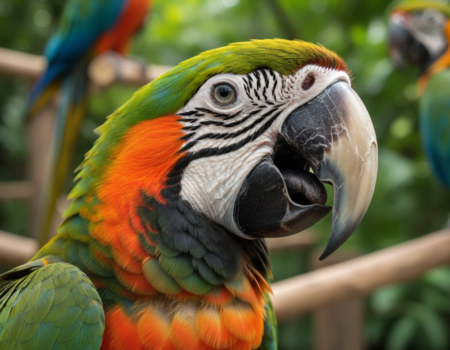
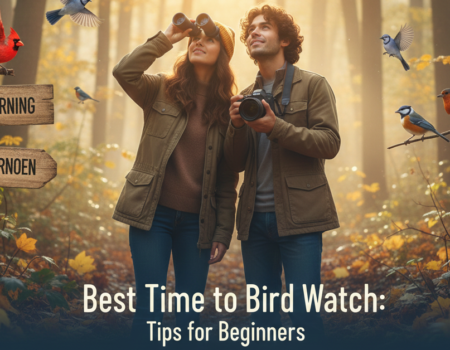
No Comment! Be the first one.